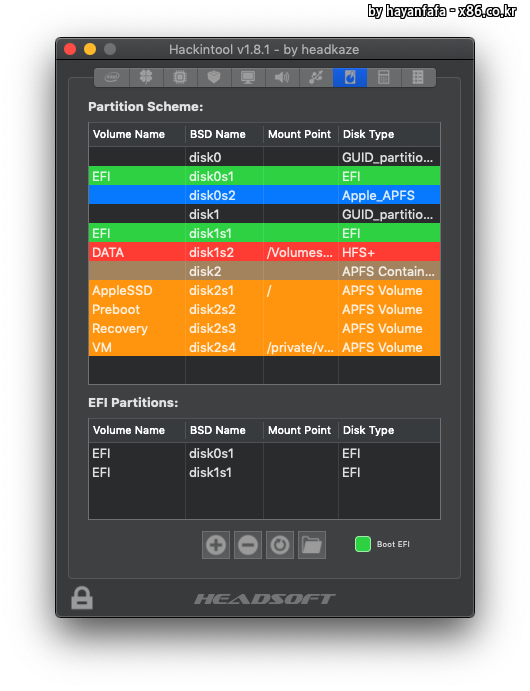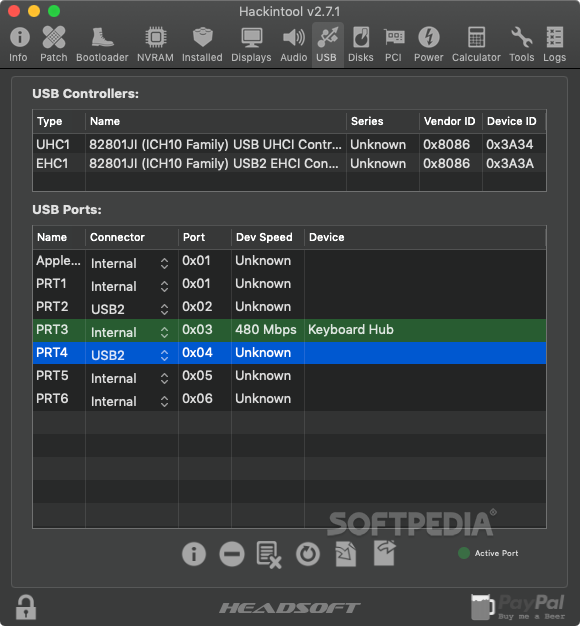

Your average Roku or Apple TV can do 4K, and that's it. This is largely because 8K sources are also basically nonexistent. While we are seeing a handful of 8K TVs, actual 8K content is almost nonexistent. While there are a handful of movies or TV shows with higher frame rates, you won't find those versions on Netflix or Vudu.
Hackintool 2.5.1 or newer plus#
PCs and high-end gaming rigs, plus the PS5 and Xbox Series X, are the only sources currently that can output 4K at more than 60fps. This is predominantly what HDMI 2.1 is for: higher resolutions and frame rates that aren't necessary for most people right now. Even way further down the road, maybe we'll see 10K TVs. Don't worry, they're not going to be common anytime soon. We're already seeing TVs that are capable of higher frame rates, plus higher resolution TVs, like those with 8K. Though most current HDMI cables can handle nearly all of today's content, the TV industry never sits still. Best TVs for PS5 and Xbox Series X, Series S in 2021: LG OLED, Samsung QLED, Sony, TCL and Vizio.HDMI ARC and eARC: Audio Return Channel for beginners.Best HDMI cables for your new 4K and HDR TV in 2021.You need a bigger pipe to transmit a 60fps image versus, say, a 24fps image of the same resolution. The same is true if you increase the frame rate.
Hackintool 2.5.1 or newer 1080p#
If you think of cables as pipes, you need a bigger pipe to transmit a 4K signal than a 1080p one. A 3,820x2,160-pixel 4K Ultra HD signal sent over HDMI is roughly four times the amount of data as an HD 1,920x1,080 signal. When you increase the resolution of a TV signal, the amount of data of that signal goes up. This is the same as HDMI 2.0a/b, and is what makes wide color gamut possible.

On the color front, 2.1 supports BT.2020 and 16 bits per color. You should be able to get 4K/60, and a basic 8K/30, with current cables, but the rest will need an Ultra High Speed HDMI cable. The increased resolution and frame rate possibilities are a futurist's dream:


 0 kommentar(er)
0 kommentar(er)
